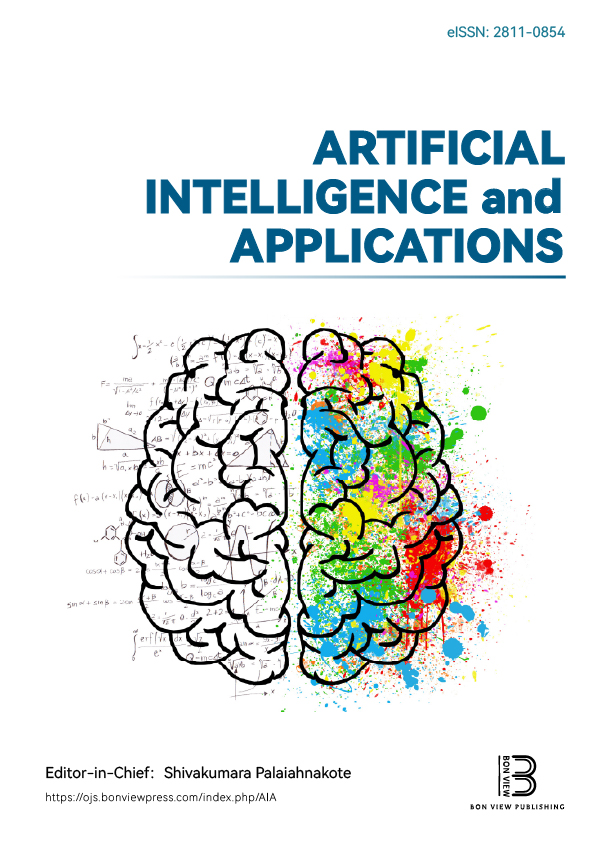Are Peruvian Tertiary Students Using Artificial Intelligence in Their Academic Activities?
DOI:
https://doi.org/10.47852/bonviewAIA52026465Keywords:
generative artificial intelligence, technology acceptance, higher education, academic activities, technology acceptance model (TAM), information and communication technologies (ICT)Abstract
The widespread emergence of generative artificial intelligence (GAI) has prompted growing interest in understanding the factors that drive its adoption in academic contexts. This study explores the behavioral intention of Peruvian university students to use GAI tools in their educational activities by applying the technology acceptance model (TAM) through partial least squares structural equation modeling (PLS-SEM). A total of 350 valid responses were collected from students at the Universidad Nacional Agraria La Molina. The model demonstrated strong reliability and validity, with key constructs such as perceived usefulness and attitude toward use explaining 12% and 9% of the variance in intention, respectively. Notably, behavioral intention significantly predicted actual use, accounting for 58.8% of the variance. To address concerns of common method bias, statistical controls were implemented. The results underscore the importance of designing user-friendly and pedagogically relevant GAI tools because ease of use was found to strongly influence perceived usefulness and attitudes. This study contributes to the literature by validating a TAM-based model in the Latin American higher education context and identifying actionable variables that institutions can leverage to foster ethical and effective adoption of GAI. It also highlights students’ current reliance on tools such as ChatGPT® and ChatPDF® for information retrieval and summarization. These findings support the development of informed policies and training initiatives to guide the responsible integration of AI in academic environments.
Received: 13 June 2025 | Revised: 8 August 2025 | Accepted: 4 September 2025
Conflicts of Interest
The authors declare that they have no conflicts of interest to this work.
Data Availability Statement
Data sharing is not applicable to this article as no new data were created or analyzed in this study.
Author Contribution Statement
Mildher Ugaz-Rivero: Validation, Data curation. Yulissa Navarro-Castillo: Methodology, Formal analysis, Visualization. Janet Corzo-Zavaleta: Investigation, Writing – original draft. Alberto Urueña: Conceptualization, Writing – review & editing, Supervision.
Metrics
Downloads
Published
Issue
Section
License
Copyright (c) 2025 Authors

This work is licensed under a Creative Commons Attribution 4.0 International License.






